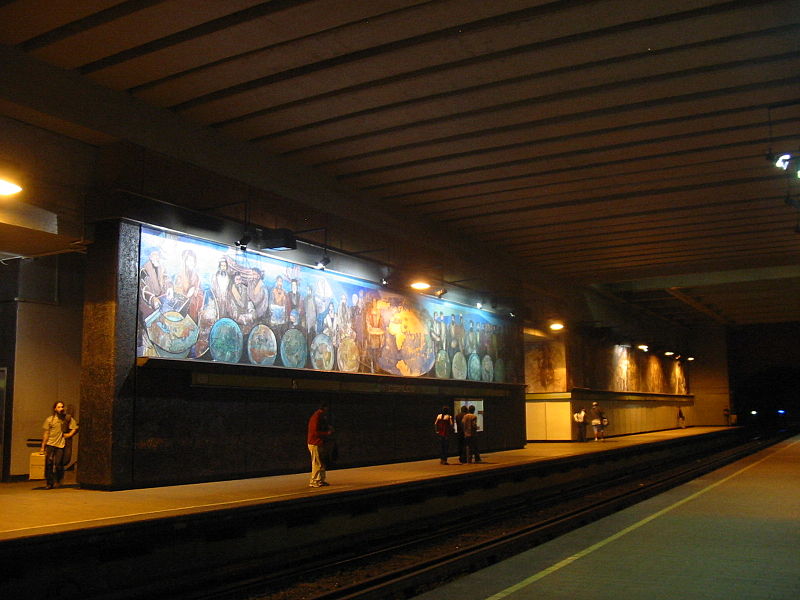
 International visitors often arrive at Metro Copilco as the first stop accessible to the north of University City. Metro Universidad, the terminal stop on Line 3 is one stop further. It’s the other main stop for traffic in and out of the university. The station is one of the busiest in the Metro system. 2014 data showed the station had an average ridership of 43,819 passengers per day.
International visitors often arrive at Metro Copilco as the first stop accessible to the north of University City. Metro Universidad, the terminal stop on Line 3 is one stop further. It’s the other main stop for traffic in and out of the university. The station is one of the busiest in the Metro system. 2014 data showed the station had an average ridership of 43,819 passengers per day.
A dark and inviting station, it’s profusely decorated with murals by the artist, Guillermo Ceniceros. The Profile of Time (El perfil del tiempo) is worked primarily in acrylic and fiberglass. At over 1,000 square meters, it depicts scenes from Mexican and world history including many important Mexican and international artists.
The eruption of the Xitle volcano in the third century, wholly covered the south of the City. Much of this area was, and is, buried in lava. Over many centuries this became valuable volcanic soil and supported subsequent civilizations.
Metro Copilco is at the very top of the Pedregal lava-flow, as a result of the eruption. The lava is four to six meters thick and covers most of University City. It also lends its name to the many neighborhoods of Pedregal in the alcaldias of Tlalpan and Álvaro Obregón.
The station icon is an Olmec figure from the Middle Pre-Classic period, (1100 BCE to 600 CE). It’s an aquatic snake within a rain symbol and thus a God of Water. The Nauhtl name “Copilco” means “Within the royal crown.”
Up top, in addition to the many sites within the university, you’ll find the thriving student-services neighborhood. There are a few nightspots, lots of printshops, and the variety of services necessary to keep students coming and going each day.
The Metro Copilco station opened on 30 August 1983. The entire line has 21 stations from Indios Verdes to Universidad and stretches 21 km in length.
 unidad_de_orientacion@metro.cdmx.gob.mx
unidad_de_orientacion@metro.cdmx.gob.mx
 5627.4950 / 5627.4741
5627.4950 / 5627.4741
 https://www.metro.cdmx.gob.mx/
https://www.metro.cdmx.gob.mx/
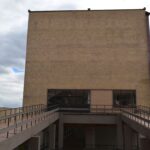
Nearest at 0.47 kms.

Nearest at 0.66 kms.
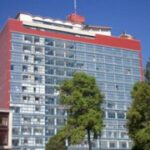
Nearest at 0.69 kms.

One of the cobblestoned original villages of old Coyoacán...
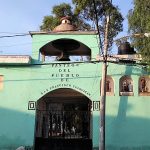
One of Culhuacán's old barrios across the canal in Coyoacán...
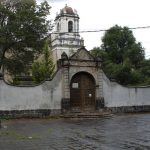
One of Coyoacán's seven original villages and a treat to visit...
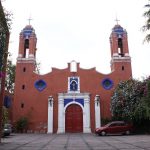
The crooked streets of one of the most curious of Coyoacán's seven original villages
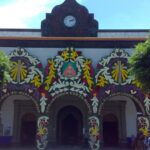
One of Coyoacán's seven original villages, Los Reyes is a marvel...